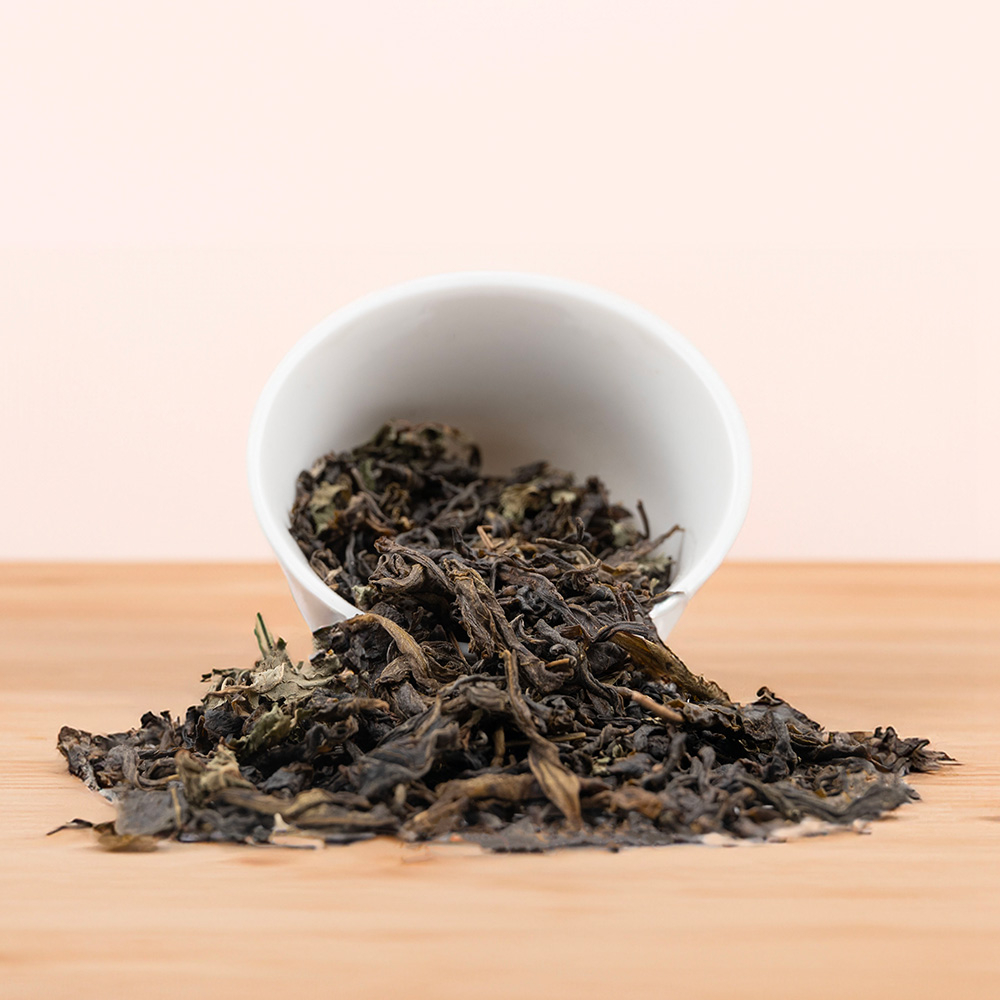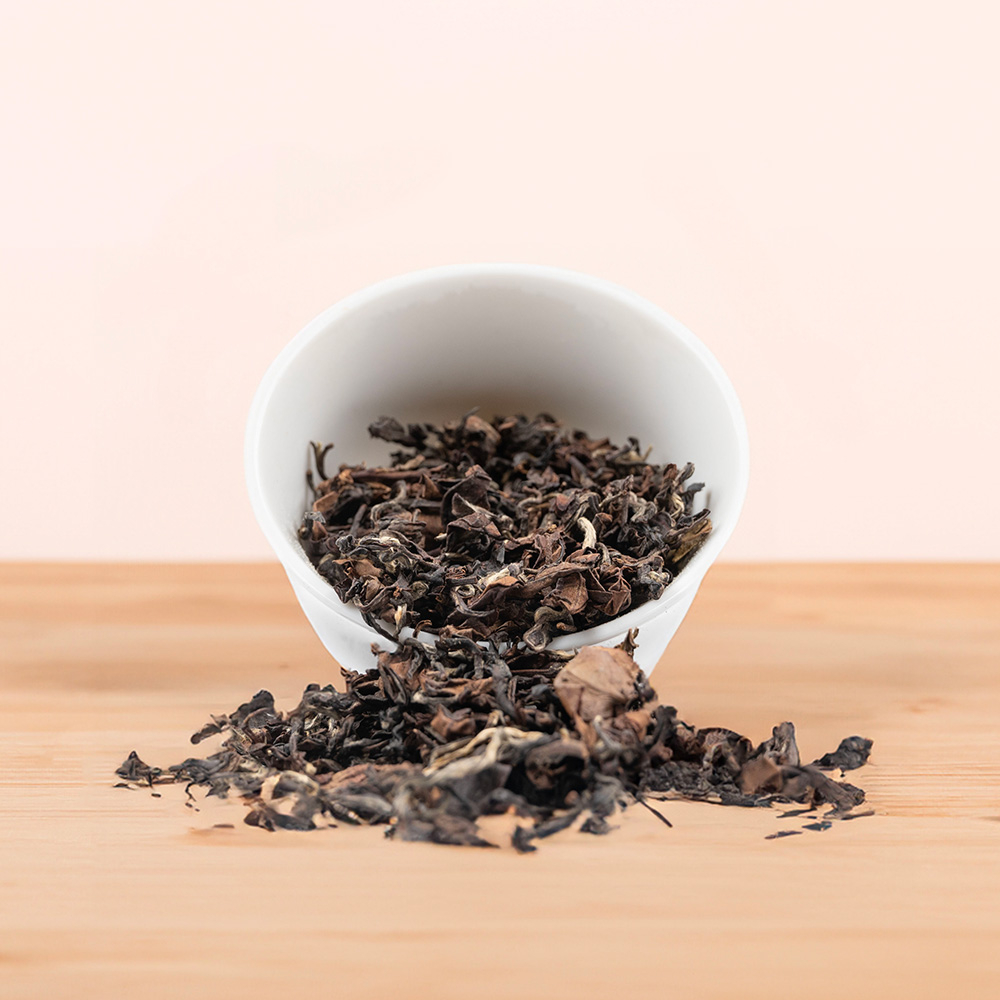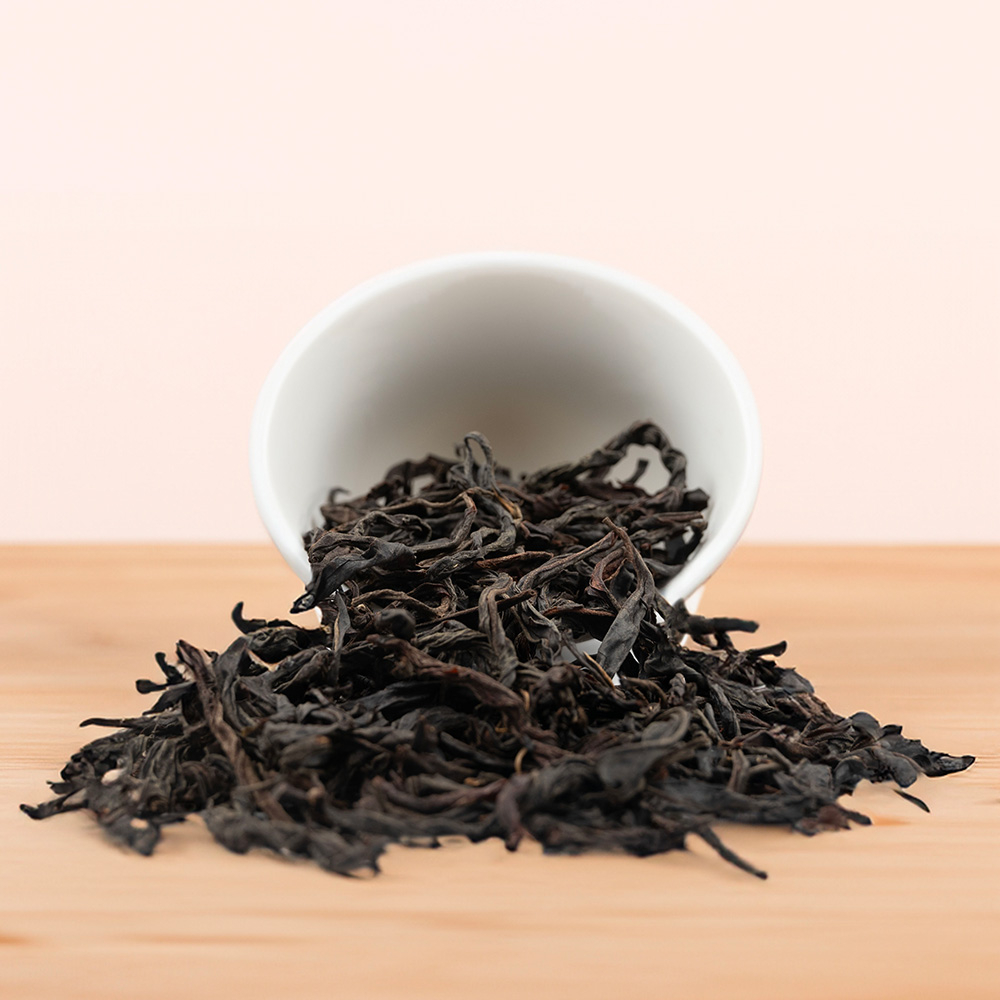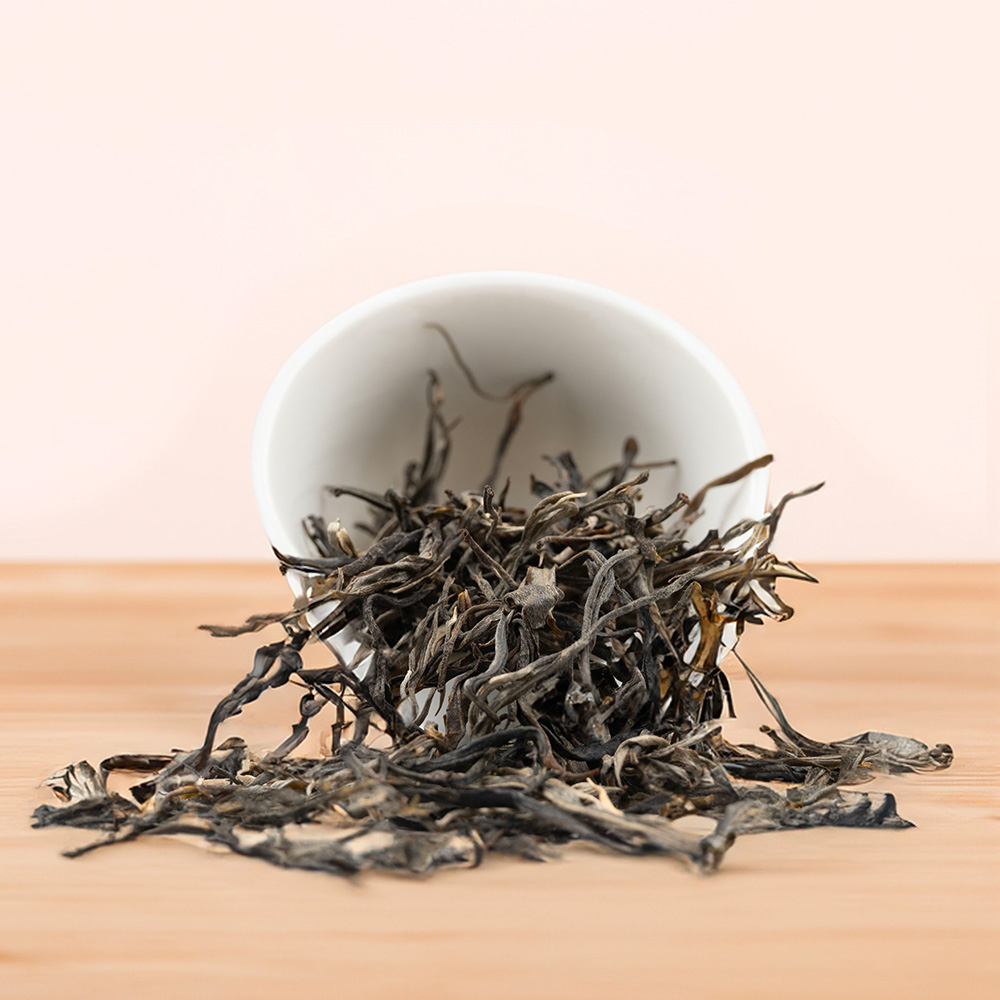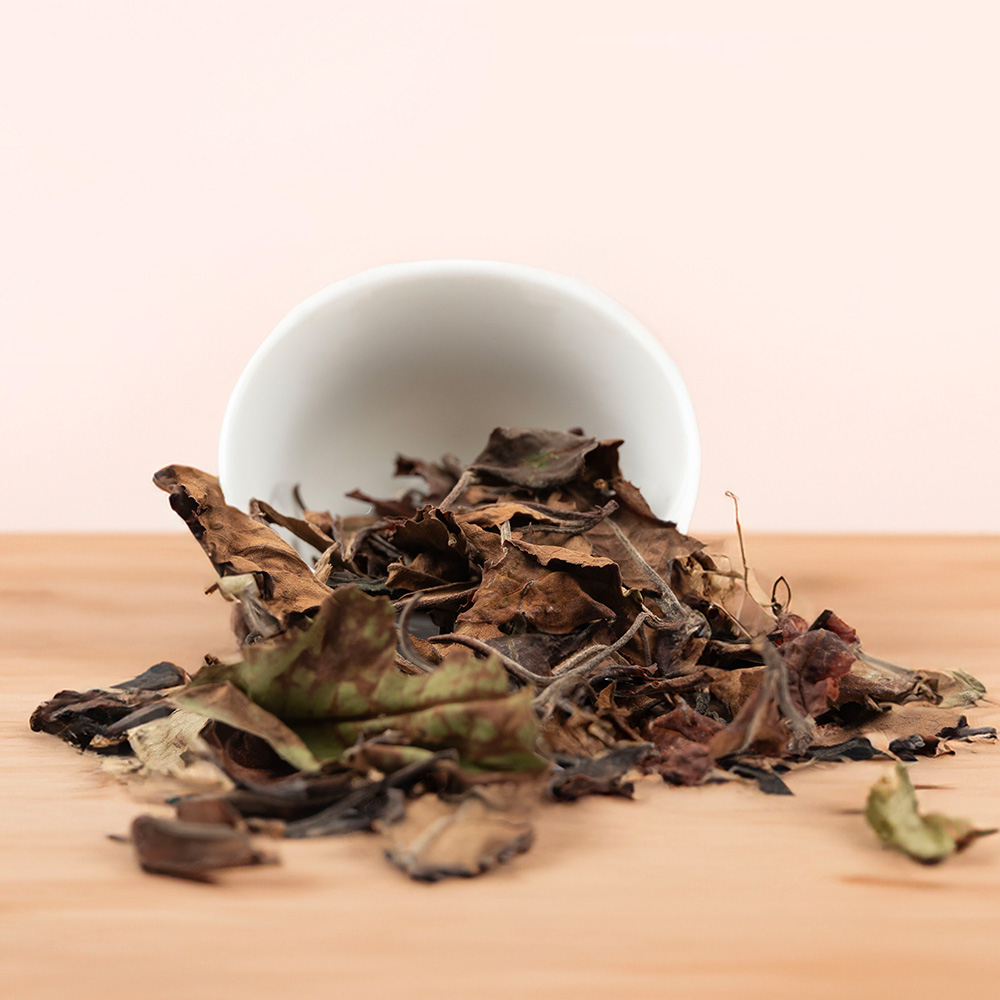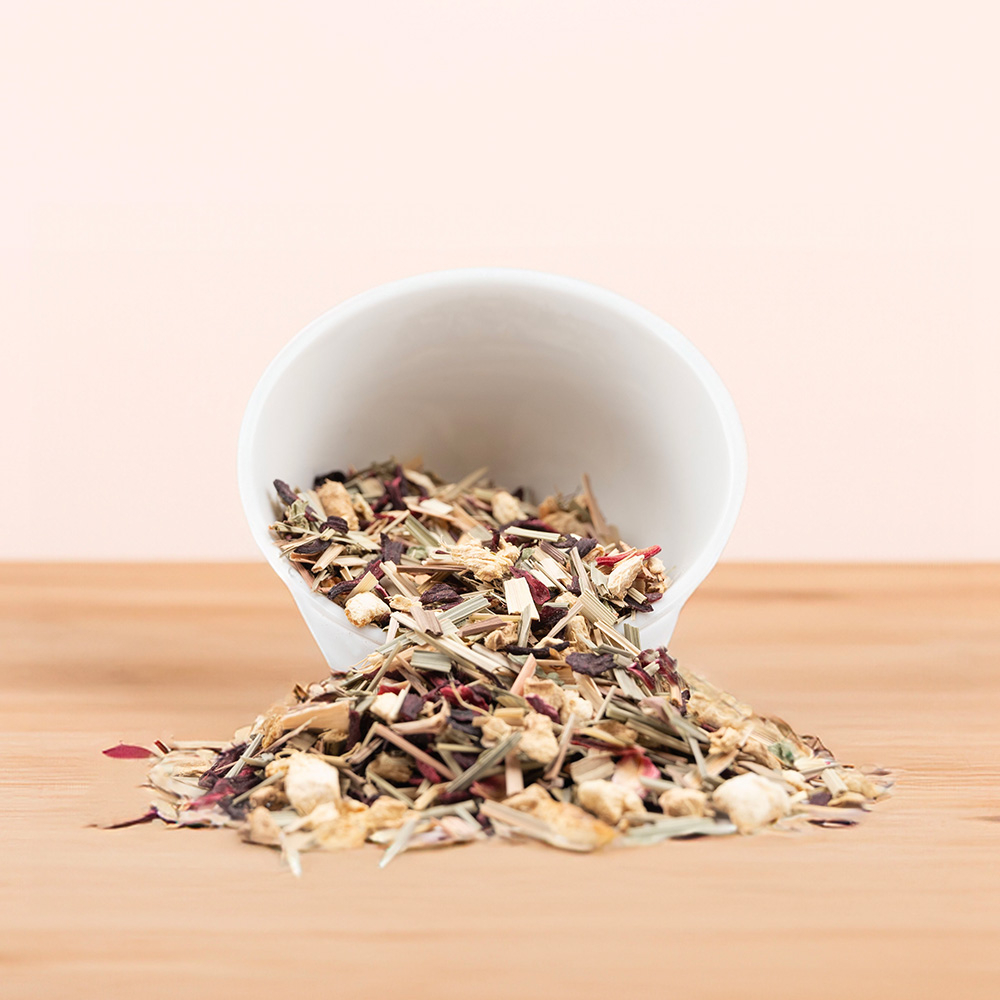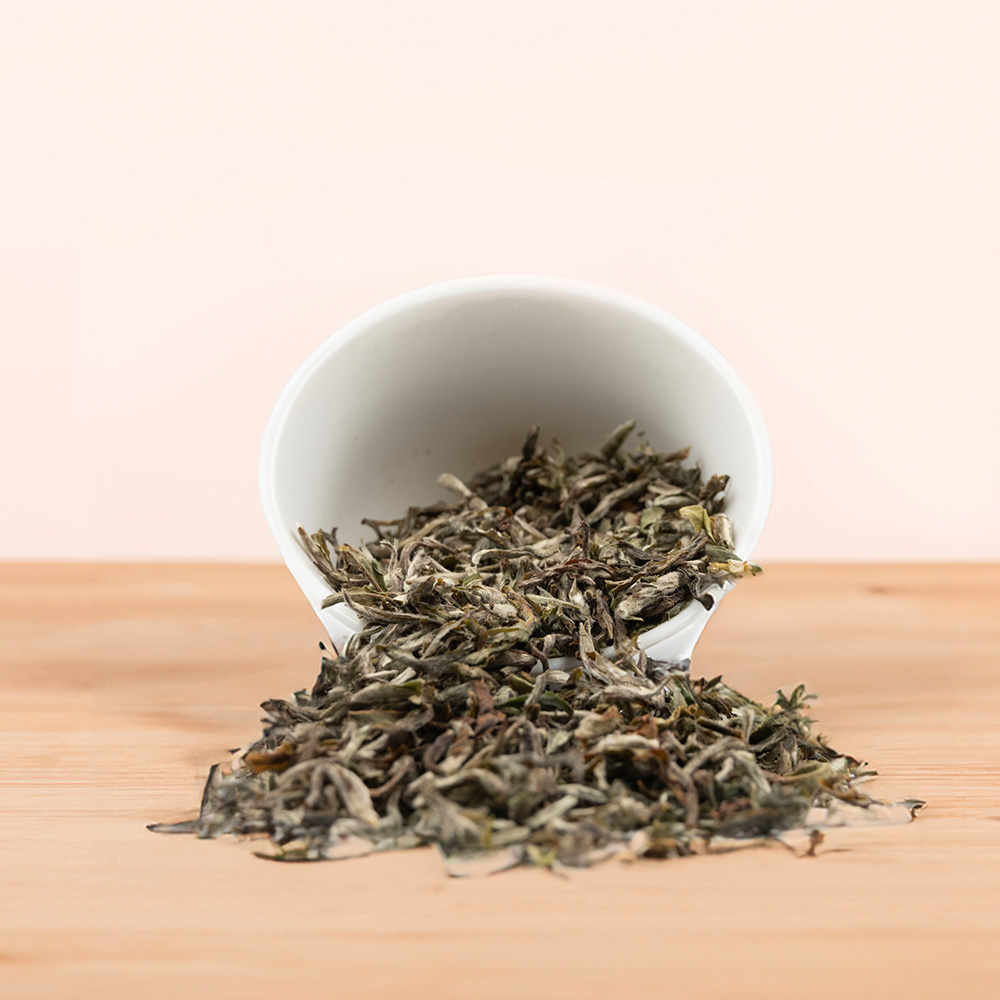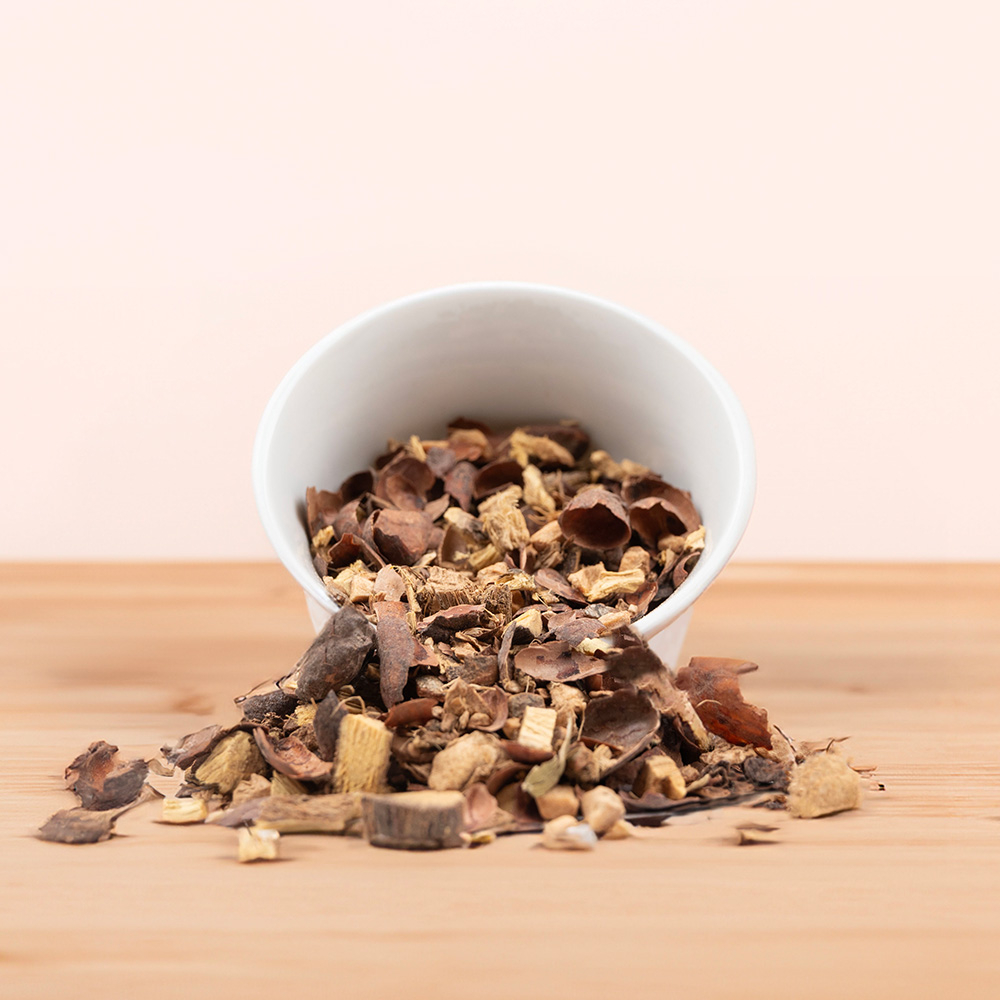A Step By Step Guide
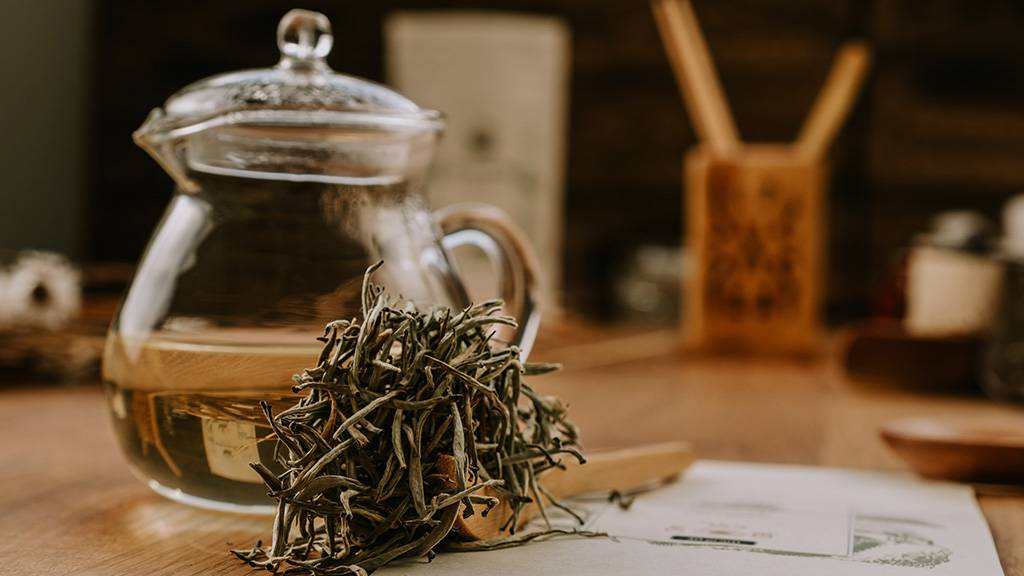
The world of tea is hugely diverse: it comes in many different shapes, sizes, flavours and emotions. At Tea Kulture, we only use 100% bulk tea. On the one hand, we believe this is the most ecological way to prepare tea. On the other hand, it is the best way to fully exploit all the aromas of a tea leaf.
Making tea is an art in many countries. Just think of the authentic Chinese or Japanese tea ceremony where they magically infuse flavours and aromas into your cup. It sometimes takes years to master such a ceremony.
Yet brewing a delicious cup of tea is an art that anyone can master. With the step-by-step plan below, we will try to get you started.
Step 1: Choose your tea
Start by choosing your favourite tea from our range of different loose leaf teas. If you have no idea where to start, start with our special tasting packs. This way you will discover different flavours and aromas from a specific country or a specific tea variety.
Step 2 : A teapot? Or a mug?
Main rule here: the tea leaves need space to release their flavours! A teapot with an actual strainer is ideal. A mug with a separate strainer is also fine.
There are many different types of strainers, but we do not recommend using a small spherical strainer for large loose tea. This way, the tea leaves have too little space to expand and release their flavours.
A few methods to infuse your tea:
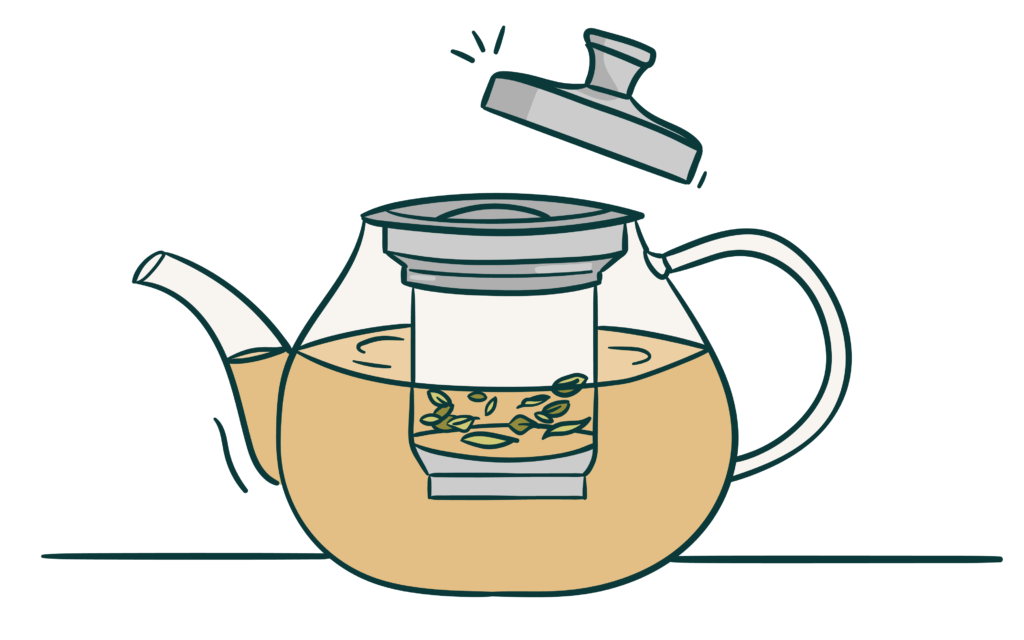
Teapot with built-in strainer
Put the right amount of tea leaves in the strainer, pour hot water into the teapot and let it infuse.

Mug with a separate strainer
Put the right amount of tea leaves in the strainer, place it in your teacup, pour hot water over it and let infuse.
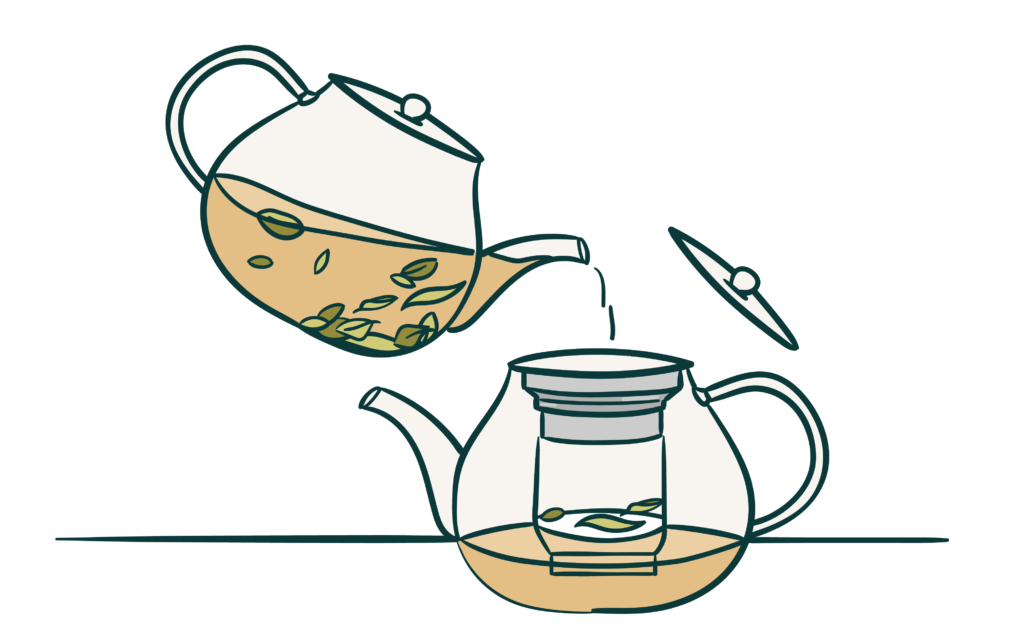
The 2-pot method
Here you use two teapots : one to brew and one to pour over. The leaves infuse in the first pot and are then quickly decanted into the second to avoid excessive infusion.
Step 3 : Choose the appropriate water
“If the leaf is your soul, the water is your heart.”
A cup of tea is 99% water. Its quality directly affects the taste, aroma, colour and clarity of your tea.
Avoid water that is too calcareous. The excess minerals can negatively affect the vibrant flavours and aromas of the delicate tea leaves.
To realise the full flavour potential of your tea leaves, aim for water with a dry residual value of less than 50 mg per litre and a pH between 6 and 7. Water from Spa Reine, Mont Roucous and Mont Calme meet these requirements. In addition, using filtered water is also fine.
Besides a nice clear colour, this low-mineral water also gives your tea a pleasant aroma and taste!
Read more about this topic in our article The Importance of Water.
Step 4: Warm the water
The right water temperature is crucial for a delicious tea experience. This is because every tea variety has a different optimum temperature level.
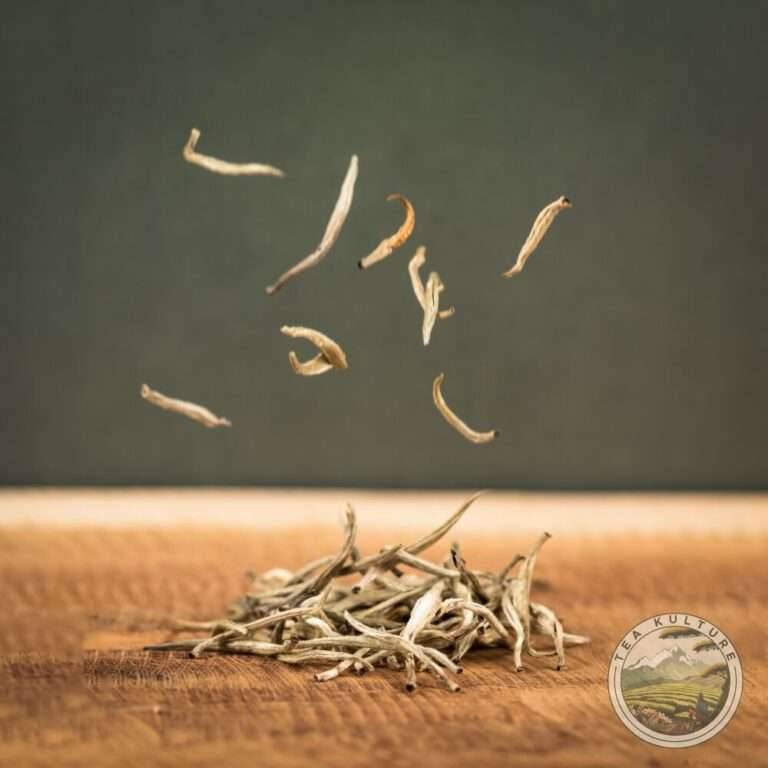
White tea
White tea is delicate and requires special care. Use water with a temperature between 70 and 80°.
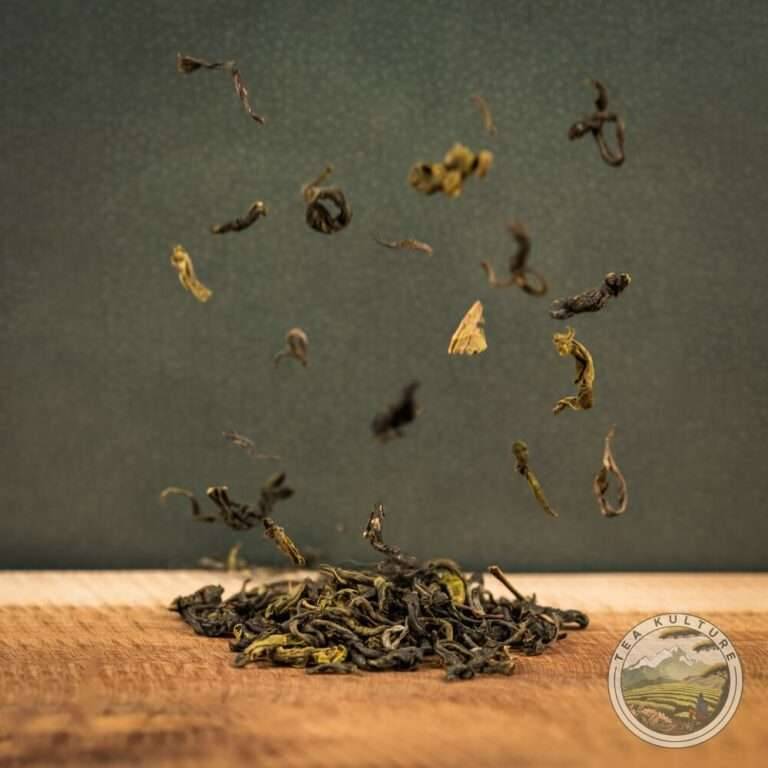
Green tea
Green tea prefers water with a temperature of up to 80°, preserving delicate flavours and avoiding bitterness.
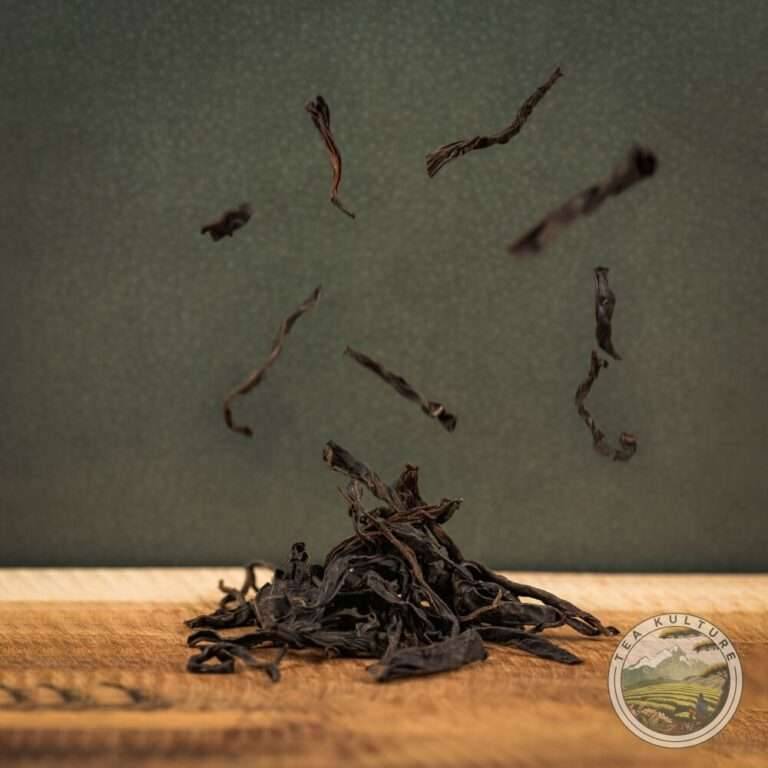
Black tea
Black tea can withstand relatively higher temperatures (90 to 95°) to fully exploit its rich, robust flavour.
To bring the water to the right temperature, several methods exist:
- Some kettles have their own indicator that will tell you the temperature of the water. The kettle will stop heating up once a set temperature is reached.
- You can use a boiling thermometer while heating the water.
- If you don’t have either, you can also pay attention to the bubbles in the water during heating.
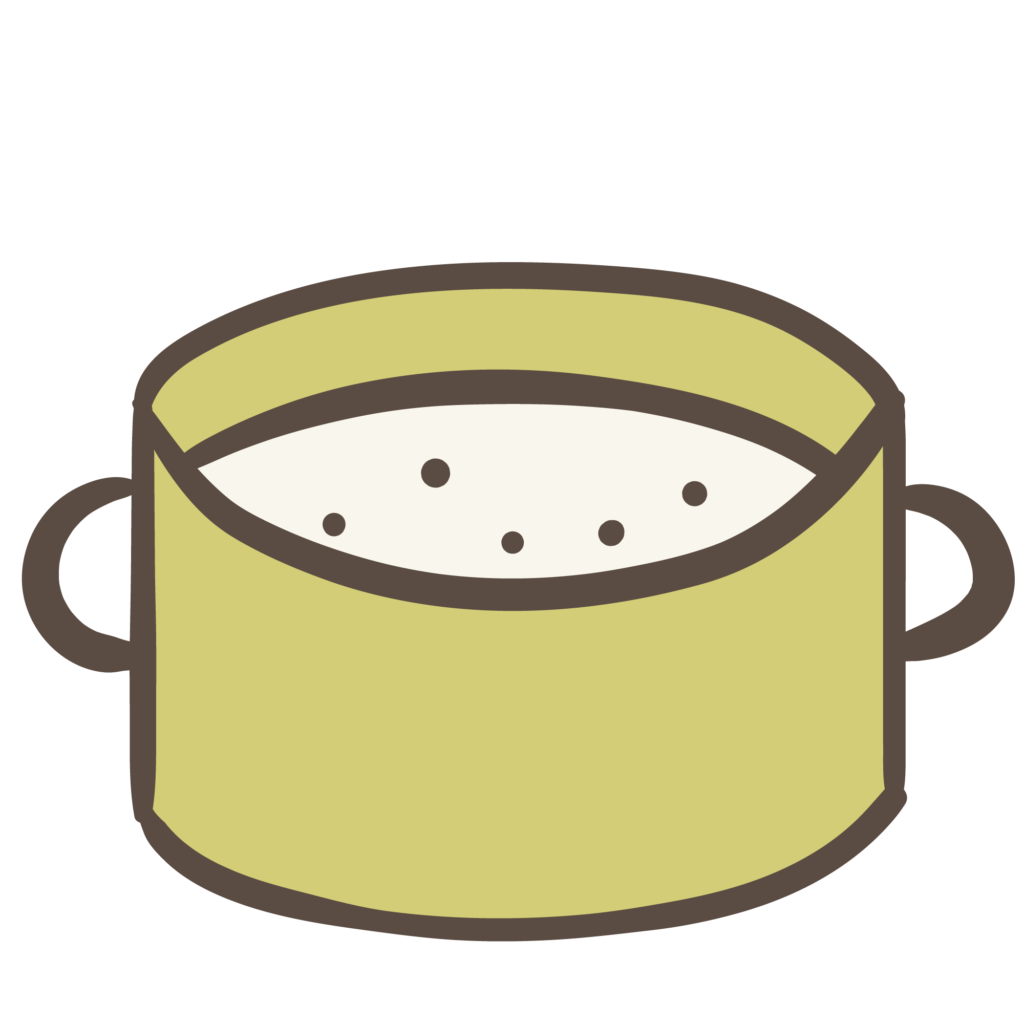
70°
When you see the first tiny bubbles appear at the bottom of your kettle, the water has reached a temperature of around 70°. Ideal for a delicate white or green tea.
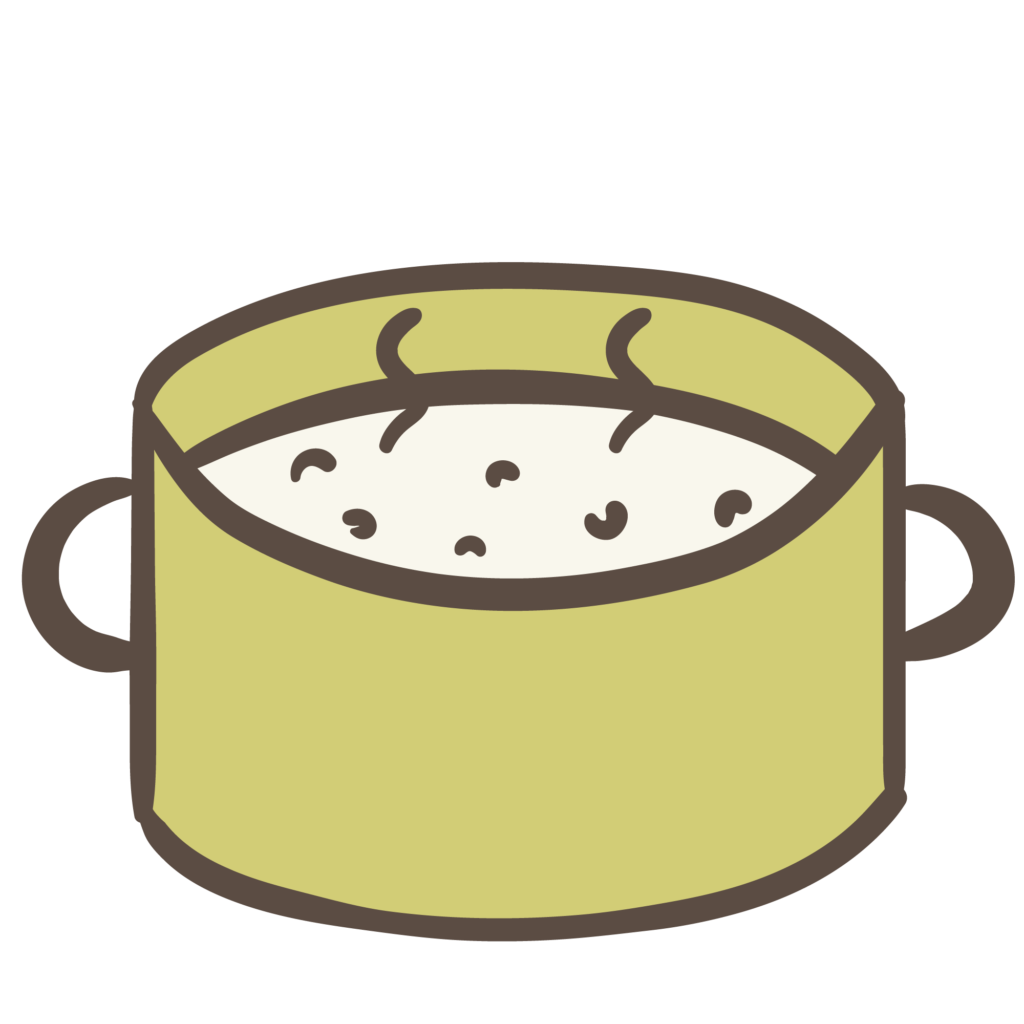
80°
When the bubbles grow in size and the first small plumes of steam rise, the water has reached a temperature of about 80°. Ideal for a green tea or a delicate Oolong tea.
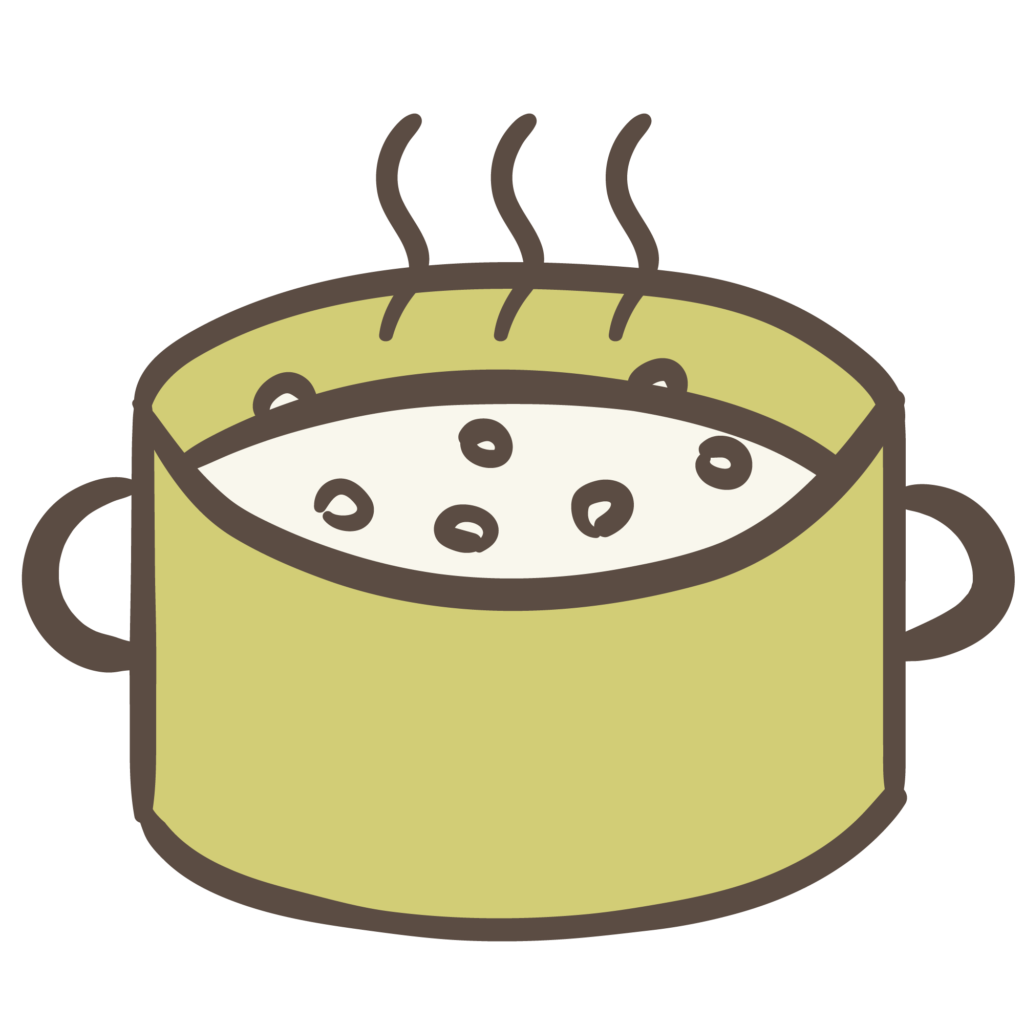
90°
When the bubbles start to rise forcefully to the surface, the water has reached a temperature of about 90°. Ideal for a black tea.
Step 5: Add your tea leaves
The general rule here is one teaspoon of loose tea leaves per cup. If you have a simple kitchen scale, you can immediately measure the exact weight of the tea leaves.
Put the tea leaves in the strainer of your teapot or cup.
It is absolutely fine to adjust these quantities according to your own taste preferences. If you use fewer tea leaves, this will produce a lighter, milder cup. If you use more tea leaves, you will get a richer, stronger and sometimes even more bitter result.
Step 6: Pouring water & letting it infuse
Now carefully pour the hot water over your tea leaves. This is where the water ratio is important. Too much or too little water will affect the taste of your tea.
From this point on, the infusion time of the tea leaves is an important factor. Again, this varies according to the type of tea:
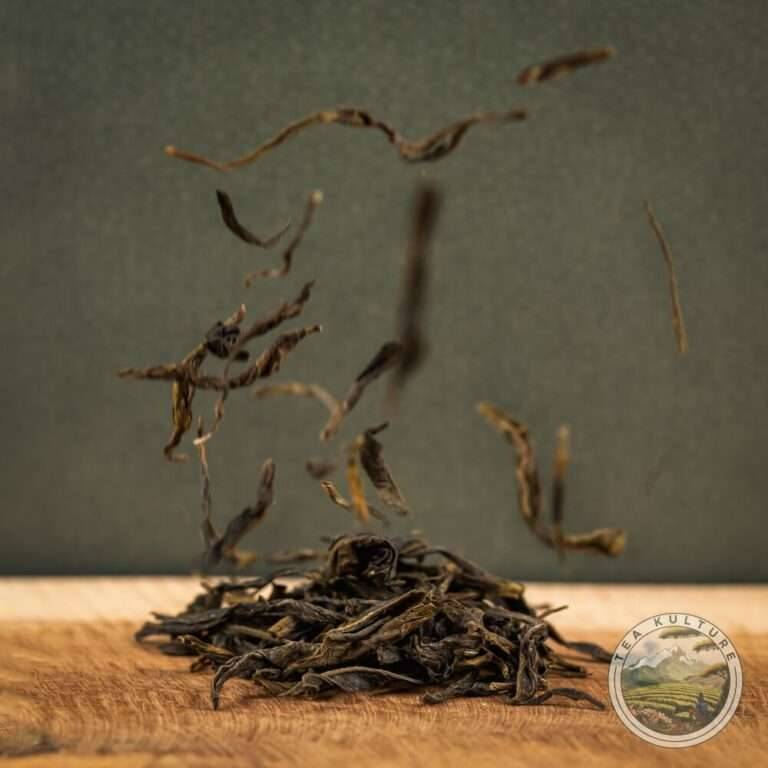
Green & Oolong tea
2 minutes
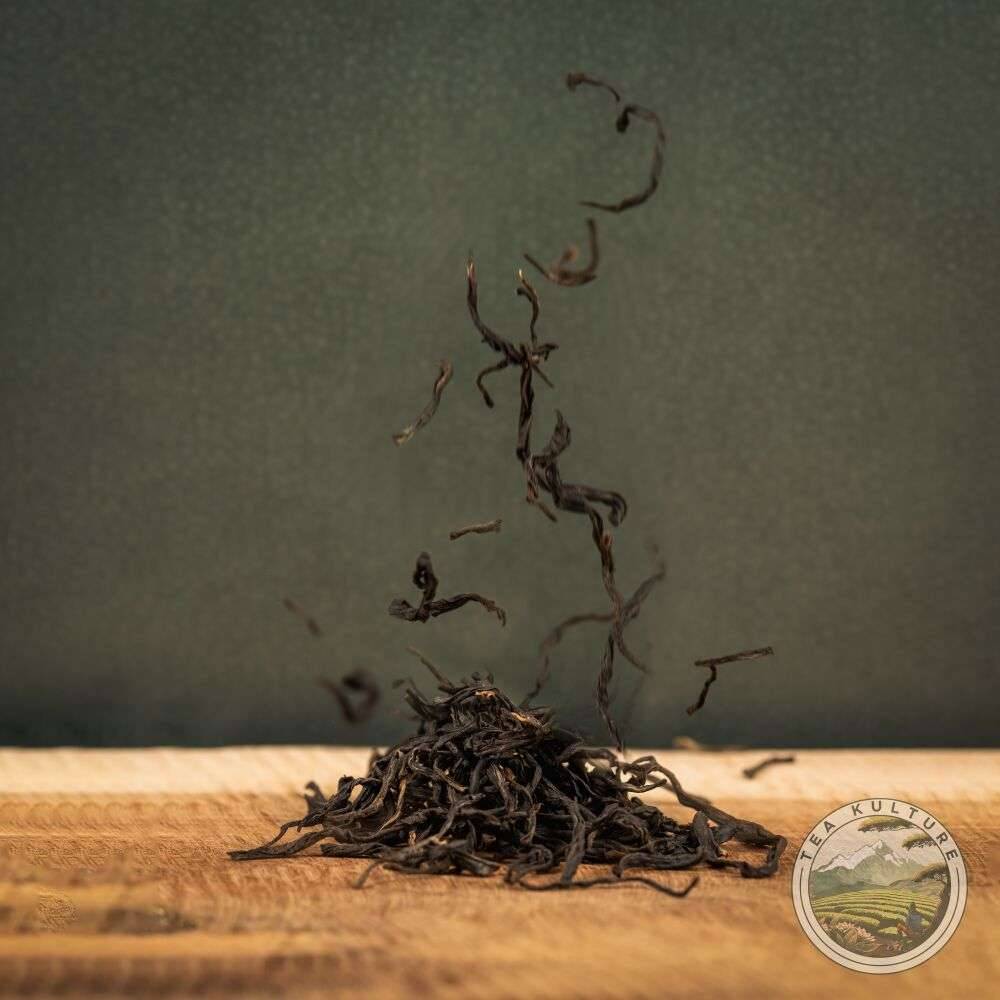
White & black tea
2 – 3 minutes
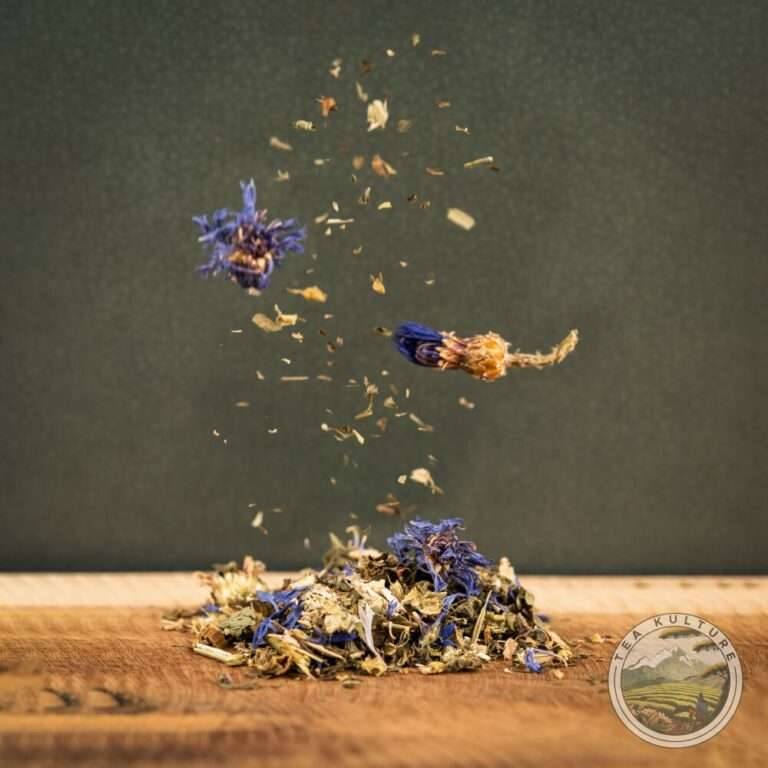
Herbal infusion
5 – 7 minutes
Step 7: Strain the tea leaves
Remove the strainer from your teapot or cup/mug as soon as the tea leaves have infused for the right amount of time.
Due to their high quality, you can use all our loose tea leaves several times! So don’t throw them away after a first brew. Experiment with a 2nd and 3rd brew and play with the infusion time of the tea leaves!
Step 8 : Enjoy
Your cup of tea is ready! Take a moment to absorb the soothing aromas, taste the flavour and enjoy the warmth.
Using loose tea leaves, you will enjoy the natural flavour palette of tea. So we recommend you enjoy it pure, without added milk or sugar.
Making tea is a simple and soothing process. Most importantly, remember that there are no strict rules for preparing tea. It’s all about your personal preference!
To maintain the freshness of your tea leaves, it is crucial to store them correctly. Discover more information on this topic by reading our article How to store your loose tea leaves.
